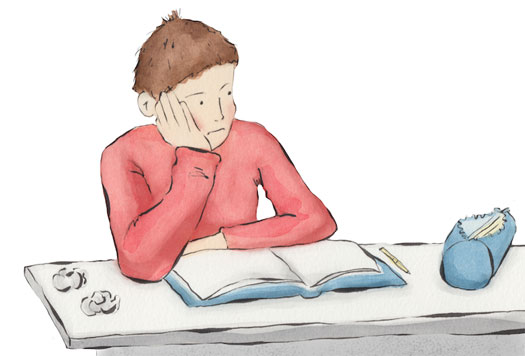Conditions
Difficulties with Attention (ADHD or ADD)
Definition:
ADHD which is predominantly inattentive in nature (ADHD-PI or ADHD-I) is one of the three subtypes of Attention-deficit hyperactivity disorder (ADHD). While ADHD-PI is sometimes still called "attention deficit disorder" (ADD) by the general public, these older terms were formally changed in 1994 in the new Diagnostic and Statistical Manual of Mental Disorders, fourth edition (DSM-IV).
Difficulties the children may experience:
- Inattention in activity.
- Difficulty remaining on one task or to remain still to complete a task.
- Low self esteem.
- Difficulties in maintaining relationships.
- Difficulty in organising tasks and activities.
- Easily distracted.
- Low effort in difficult tasks.
- Impulsivity.
- Cannot control their emotions.
- Hyperactivity.
Aims of Therapy:
- Improve self esteem and confidence.
- Increase ability to concentrate and remain within a task.
- Obtain greater understanding of body positioning within environment and self.
- Improve fine and gross motor skills and the ability to order tasks.
- Calm the child overall..

Hemispheres Approach:
At Hemispheres we believe that attention difficulties are related to immaturity in the function and interaction of specific areas of the brain. By providing specific and specialised movements which have been purposefully developed to mature and improve the connectivity and functioning of the whole brain, including the Cerebellum, Brain Stem, Motor and Pre Frontal Cortex, it is possible to improve how the brain and the body talk to each other, so children can experience more control and greater feelings of calmness. Equally, children may improve in their abilities to know what they are being asked to do and experience more focus when learning. By learning to manage their bodies, children can learn to control their behaviour and reactions.
Average Duration:
On average, children with ADHD stay on the programme for between 6-8 months. In addition to the movement therapy children with ADD often use other treatments such as The Listening Programme and Handwriting support.
Copyright © 2025 | Privacy Policy


